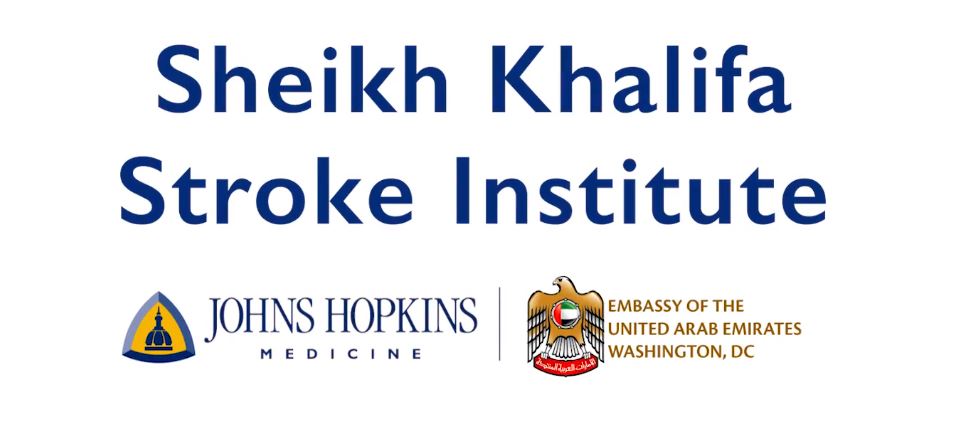
May 30, 2018

The field of stroke has undergone a dramatic revolution in the last few years, leading to longer lives and better quality of life for patients affected by this often devastating condition. Advanced imaging and other techniques have led to earlier diagnosis and detection. Improved treatments, such as thrombectomy or endovascular clot removal, have improved recovery. And new rehabilitation methods, some involving gaming software, robotics, and virtual reality, are helping patients recover faster and with greater function than with conventional rehabilitation strategies.
But although these advances have the potential to help many of the more than 15 million individuals around the world affected by a stroke each year, they don’t reach most of these patients—largely through a lack of resources or inability to reach available therapies within an appropriate time window, says Johns Hopkins Department of Neurology director Justin C. McArthur.
A recent gift might change that. In February 2018, Johns Hopkins received a pledge of $50 million from the United Arab Emirates to launch the Sheikh Khalifa Stroke Institute. Based at Johns Hopkins with a second location in Abu Dhabi, the institute will focus Johns Hopkins’ efforts to leverage advances in engineering, artificial intelligence, and precision medicine to better diagnose, treat, and restore function to more stroke patients.
In the UAE, an estimated 25,000 people have a stroke annually. Half of those individuals are under 46 years old, compared with the U.S. where nearly three-quarters of stroke patients are over 65.
The new institute aims to transform stroke care through two centers of excellence, explains McArthur. The first will be devoted to stroke detection and diagnosis. Researchers there will focus on both analyzing the genetic underpinnings of stroke as well as developing new interventions that might include digital neurological exams or automated bedside diagnosis, or using imaging in new ways to better understand stroke. The other will focus on stroke treatment, recovery and rehabilitation. There, doctors and scientists will develop new approaches to get blood vessels to regrow, deliver drugs and medications past the blood-brain barrier, and stimulate the brain to coax it to relearn movement post-stroke.
Clinicians involved in the center—a multidisciplinary team including members from neurology, nursing, neurosurgery, neuroradiology, physical medicine and rehabilitation, among others—will put the latest findings to use. The Johns Hopkins Hospital is doubling the number of beds devoted specifically to stroke, from six to 12, and is setting aside specific rehabilitation beds equipped with technology that’s already been shown to be beneficial to stroke recovery, such as a virtual reality-like program developed by Johns Hopkins researchers in which patients relearn hand and arm movement by controlling a dolphin. Colleagues in the UAE are developing an ambulance system equipped with a CT scanner to diagnose stroke as early as possible, allowing providers to begin clot-busting treatments before patients even arrive at the hospital.
“Despite so many recent advances in our field, stroke remains one of the leading causes of disability for adults worldwide and a major burden on healthcare systems and families,” says McArthur. “This transformative gift is allowing us to work toward a world where stroke, and stroke recovery, is substantially improved.”

